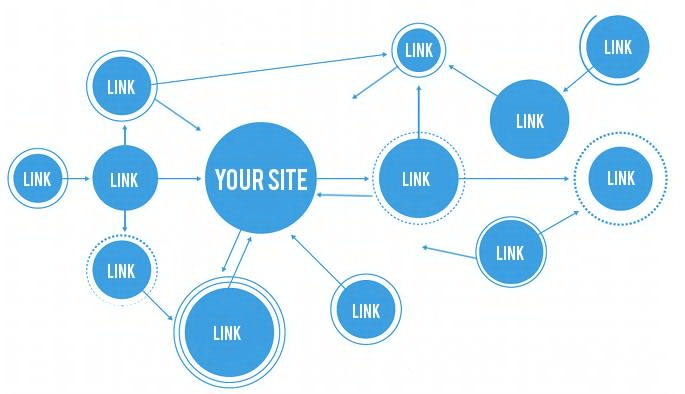As the Coronavirus pandemic galloped across America between March 1st and March 28th, people began to seek alternative methods of getting their needs met while sheltering in place. Searches for telemedicine, telehealth, and teletherapy leapt.
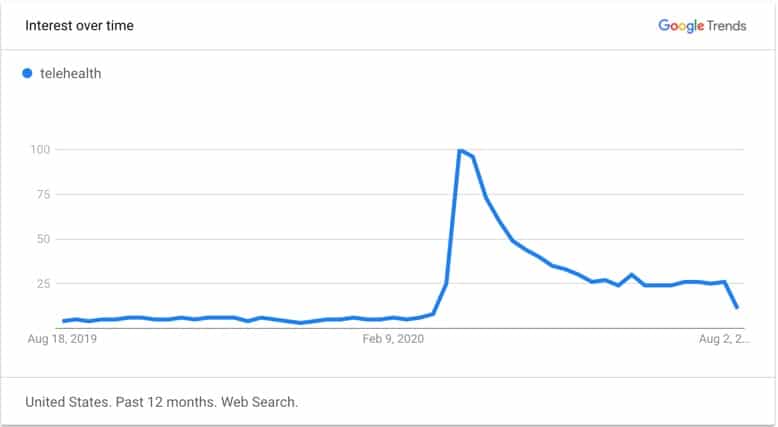
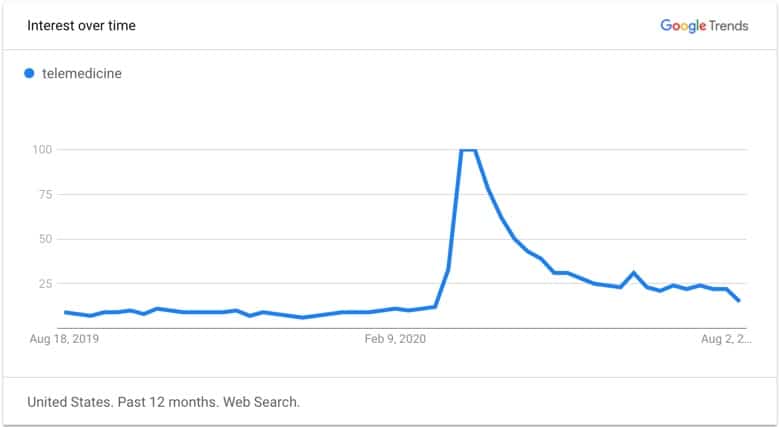
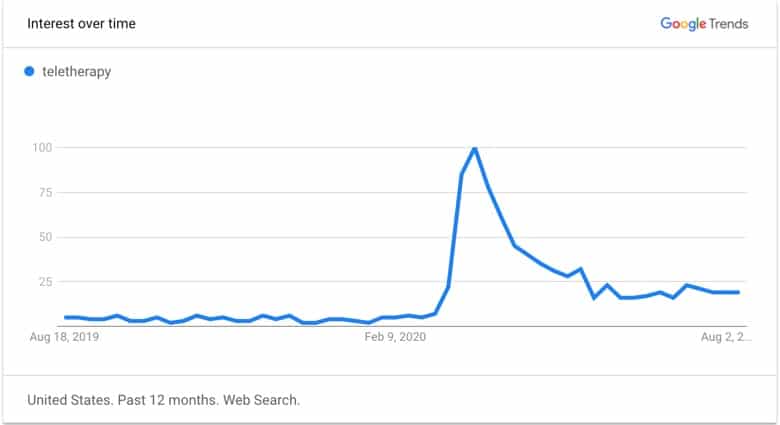
As reported by the AARP, an emergency declaration made during the pandemic allowed the Centers for Medicare & Medicaid Services to expand access to telehealth services under Medicare. Later, the U.S. Department of Health and Human Services made it possible for telehealth services to use popular communication apps from FaceTime to Zoom without fear of violating the patient privacy protections afforded by HIPAA (the Health Insurance Portability and Accountability Act).
As explained by AAFP (The American Academy of Family Physicians), although “telehealth” and “telemedicine” are often used interchangeably, they mean different things. “Telehealth” includes both clinical and non-clinical services, while “Telemedicine” only refers to remote clinical services. Although, a comparison in SEMrush reveals only a small difference when it comes to search traffic or cost-per-click (CPC) for the two terms.

Courtesy of SEMrush
Searches may have fallen since March 28th, according to Google trends, but there’s still traffic to take advantage of. Aside from technical search engine optimization (SEO) and Pay-Per-Click (PPC) advertising, doctors are able to benefit from robust content marketing and social media marketing strategies. That’s because a doctor is an authority with a personality. Each doctor’s POV provides an opportunity to create content that others will find helpful, which can also serve as the foundation of a robust backlinking strategy.
Content Marketing
The idea behind a doctor’s or telemedicine service’s content marketing strategy is providing content that’s useful for potential patients. Doctors should begin with their specialties, but then expand to resource hubs and e-books. These can act as incentives that get people to subscribe to email lists or fill out a contact form.
Long-Tail Keywords
When it comes to content marketing for telemedicine service provides, long-tail keywords are their friends. Telehealth marketers will have more luck with “cardiology telemedicine in NYC” than just “telemedicine” if they’re cardiologists in NYC. If you’re handling marketing for a telehealth services company, you should also keep in mind that voice searches are very popular. Incorporate keywords that are dictated by audio as opposed to only using keywords that result from keyboard input.
Answering Frequently Asked Questions
One place to find content inspiration for your telehealth marketing is at the very bottom of most Google searches. If the content answers these queries while incorporating these keywords, that will take your SEO game to the next level!
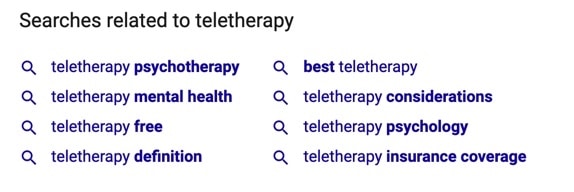
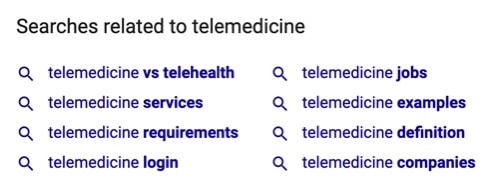
Journalist Keywords
As recently explained by Brian Dean of Backlinko, “Journalist Keywords” are what journalists search for when doing their research. If your telehealth service’s or practitioner’s website has plenty of anecdotes, data, charts, or infographics that are useful, you can earn a backlink from a highly reputable journalistic outlet. You can also conduct backlink research to see which articles are lacking citations and suggest your client’s website as a source. And if your client’s website lacks that content, they may be qualified to write it themselves. A solid link may be worth it.
Video
One great way to create content is by providing a video that answers specific questions as well as a transcript of that video that serves as a blog post. The video can then be shareable on social media as well, while also offering patients a taste of what a telemedicine appointment would be like. And, yes, the video can be as simple as your client speaking directly to the camera. Keep in mind, many videos are watched without sound, so make sure to add closed captioning to the video.
Filling Out Business Listings
Filling out business listings is crucial for your telemedicine business because people will want to know what people think of your services. This is so critical that Google My Business has added two fields specifically designed for telehealth, and also put together a guide just for telehealth practitioners.
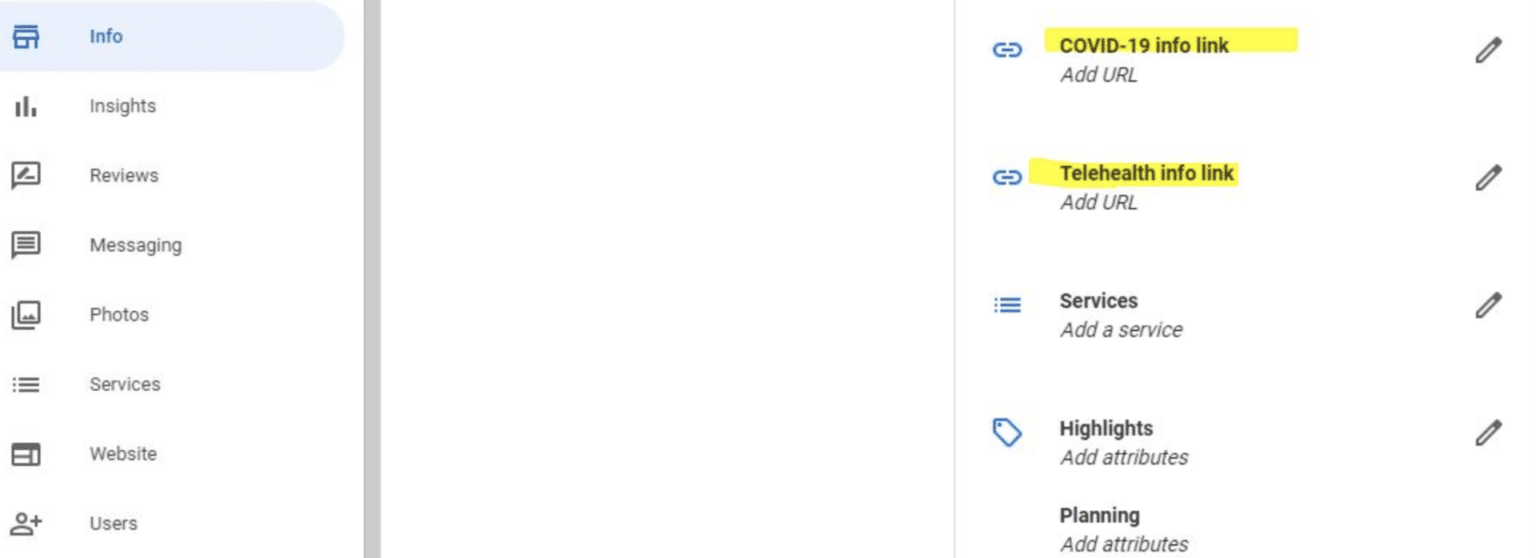
Image Courtesy of Search Engine Journal
You can set aside time for a representative of your telemedicine client to engage reviewers. This will highlight your client’s commitment to their patient’s health. And if your client gets a negative review, engage but don’t argue. This shows a commitment to improvement and growth.
Be a Guest
Using guest blogging or guest appearances on podcasts, your client can take advantage of pre-existing audiences to promote their telehealth services and earn some authoritative backlinks. A client representative can even offer themselves as an expert to journalists. Help a Reporter (HARO) is a service that connects experts with journalists who need someone to quote for their stories. Your client may appear in nationally syndicated publications, but you can also reach out to local papers on their behalf as well. Have your client consider writing an op-ed.
Social Media
Your client can have an Instagram and Pinterest that documents health and wellness, and promotes all the advantages and conveniences of telemedicine. Telehealth practitioners can also give patients a peek into their own world as an opportunity to humanize themselves to dispel any concerns that telemedicine is impersonal. Social media is also an opportunity to partner with other businesses who can amplify your presence. An eSignature service, for example, is an excellent partner for a telehealth client.
If you’re handling social media marketing for a telehealth client, you can also Tweet using what Hootsuite has identified as some of the most popular hashtags on Twitter. #MondayMotivation, #TuesdayThoughts, and #WednesdayWisdom all feel appropriate coming from a telehealth company!
Lastly, you don’t have to be Bill Nye to make TikTok videos. Plenty of nurses and doctors, for example, have racked up tens of thousands of views just from showing the effects of wearing an N95 mask! You can have your client make videos themselves!
@billnye##WearAMask ##LearnOnTikTok ##TikTokPartner♬ original sound – billnye
Teletherapy
While earning less traffic than both telemedicine and telehealth, teletherapy is still a highly sought service, especially during the pandemic. Many therapists reported a sharp rise in anxiety caused by coronavirus.
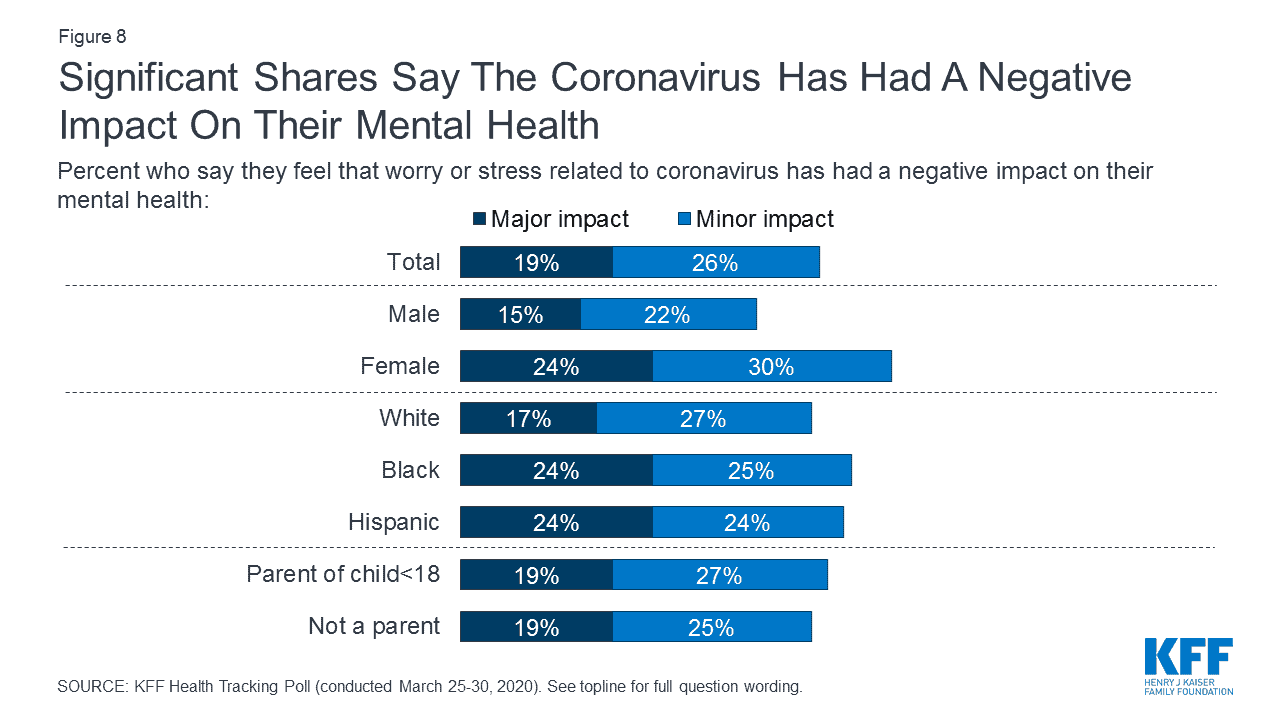
Data, graphic courtesy: Kaiser Family Foundation
And, luckily for patients of therapists, the New York Times has reported that multiple studies in peer-reviewed journals have shown that teletherapy is as effective as in-person therapy for most patients who are seeking treatment for post-traumatic stress disorder, depression and anxiety. And, as revealed by Ubbersuggest, some very specific yet rarely used keyword phrases all have incredibly low SEO difficulty: teletherapy PTSD, teletherapy anxiety, and teletherapy depression. Given that teletherapy is still in its relatively early stages, these are opportunities that you may only have now before the domain authority of the pages holding high rankings grow out of reach.



Bottom Line
As the New York Times reported, The Department of Veteran Affairs conducted a lot of research into teletherapy because so many veterans live in remote or rural areas. Additionally, the Substance Abuse and Mental Health Services Administration conducted a study in 2017 that showed that out of the 46.6 million Americans dealing with mental health issues, only 42.6% sought treatment. Hopefully the growing popularity of telemedicine will spur both technical and marketing innovations that will help more people get the help that they need using teletherapy and other forms of telehealth! And since the coronovirus pandemic is far from ending in the US and its changes have yet to be fully absorbed, now is the perfect time for telemedicine companies to spend on SEO agencies, PPC media agencies, and social media marketing firms to help more people.



